What is a pure sine inverter, and what are its benefits?
A pure sine wave power inverter generates AC outputs that mimic the appearance of sine waves. It’s slightly different from a modified sine wave inverter that produces stepped or square waveforms. The pure sine inverter has various benefits, such as improved cleaner, and more stable power output, which reduces power-related failures such as data loss, gadget damage, and interference by electronic devices.
The pure sine wave inverter also has excellent compatibility with various sensitive equipment such as a speed motor, audio/visual gadgets, medical and power tools. These kinds of gadgets will require a pure sine wave power source. Additionally, pure sine wave inverters, such as the 4000W inverter for household appliances, have increased energy efficiency. Such inverters prolong the battery’s lifespan due to reduced power consumption.
What are the differences between a 3000W and a 4000W inverter?
A 3000W and a 4000W inverter differ in their power outputs. A 3000W inverter such as the Renogy 3000-watt inverter converts battery or solar panel DC power to AC power handling a maximum of 3000W. Power devices and appliances that run on 3000W simultaneously need a pure sine wave inverter 3000W to power them. A 4000W inverter differs from a 3000-watt pure sine wave inverter as it can handle 1000 more watts and power 4000W appliances. Be keen on the appliance’s watts in your household and the accompanying inverters that the appliances use. For instance, powering a 3000 watts appliance using a 2000-watt pure sine wave inverter can shut/ trip, and the gadget or inverter can get damaged.
Do inverters use a lot of energy?
The size, connected devices, efficiency, and power capacity of the inverters are the factors that determine the amount of energy it uses. For instance, a Samlex inverter; EGS 002 is designed for efficiency. It consumes more energy as it actively converts power but will use less energy while idle. The exact power usage depends on the usage and load of the inverter. For power optimization, use the appropriate size inverter for your load and switch it off when not in use.


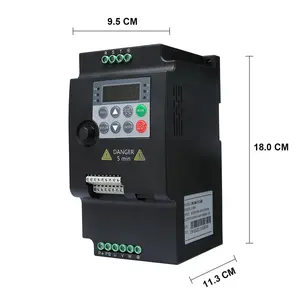







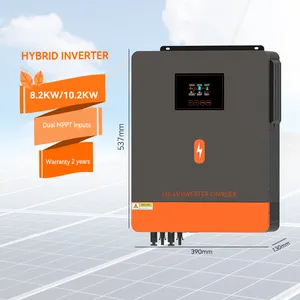

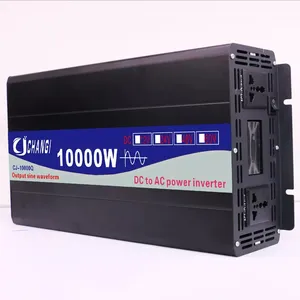




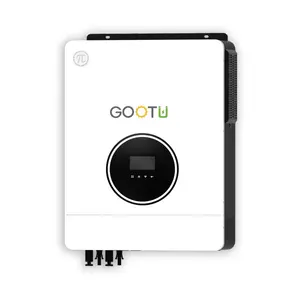



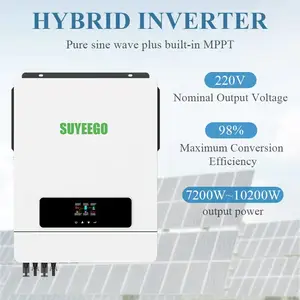
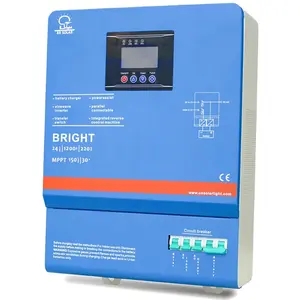

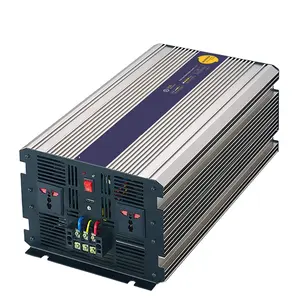
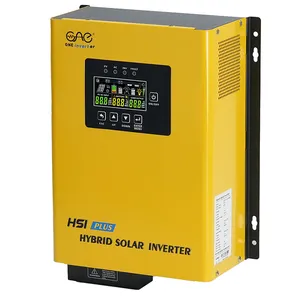

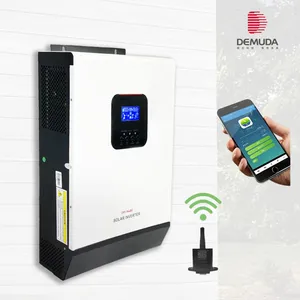


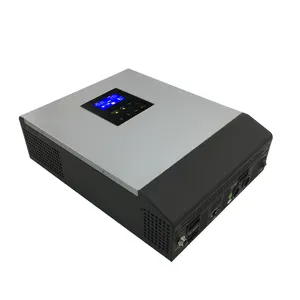


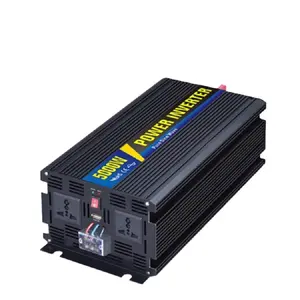
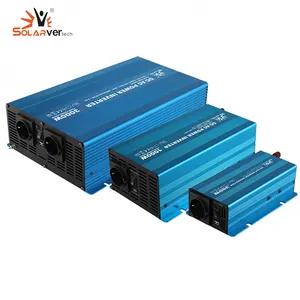
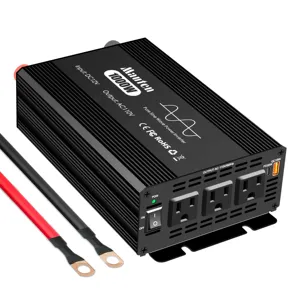












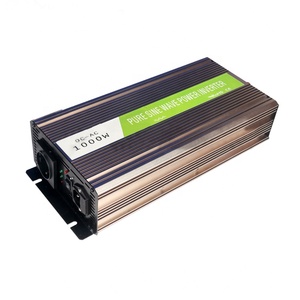
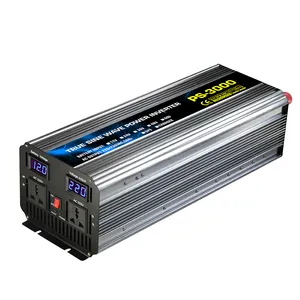























 浙公网安备 33010002000092号
浙公网安备 33010002000092号 浙B2-20120091-4
浙B2-20120091-4